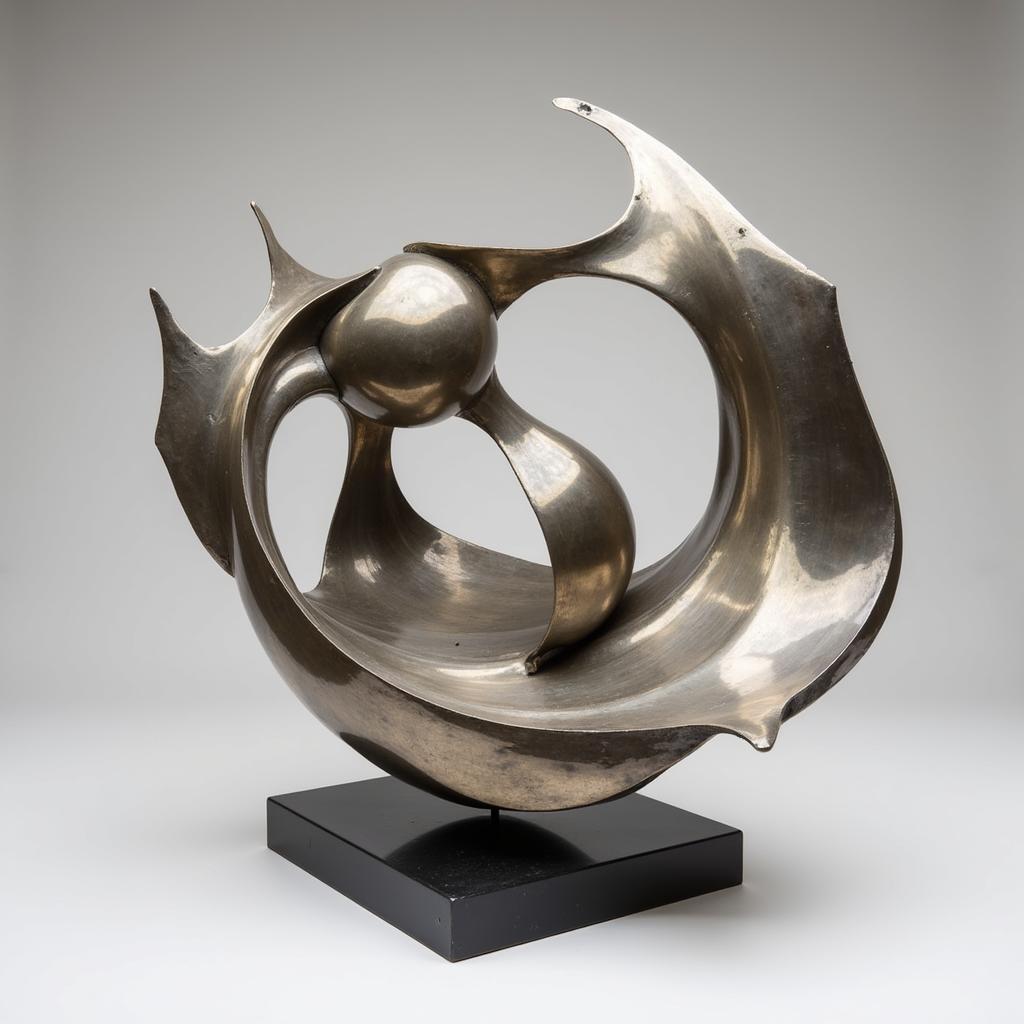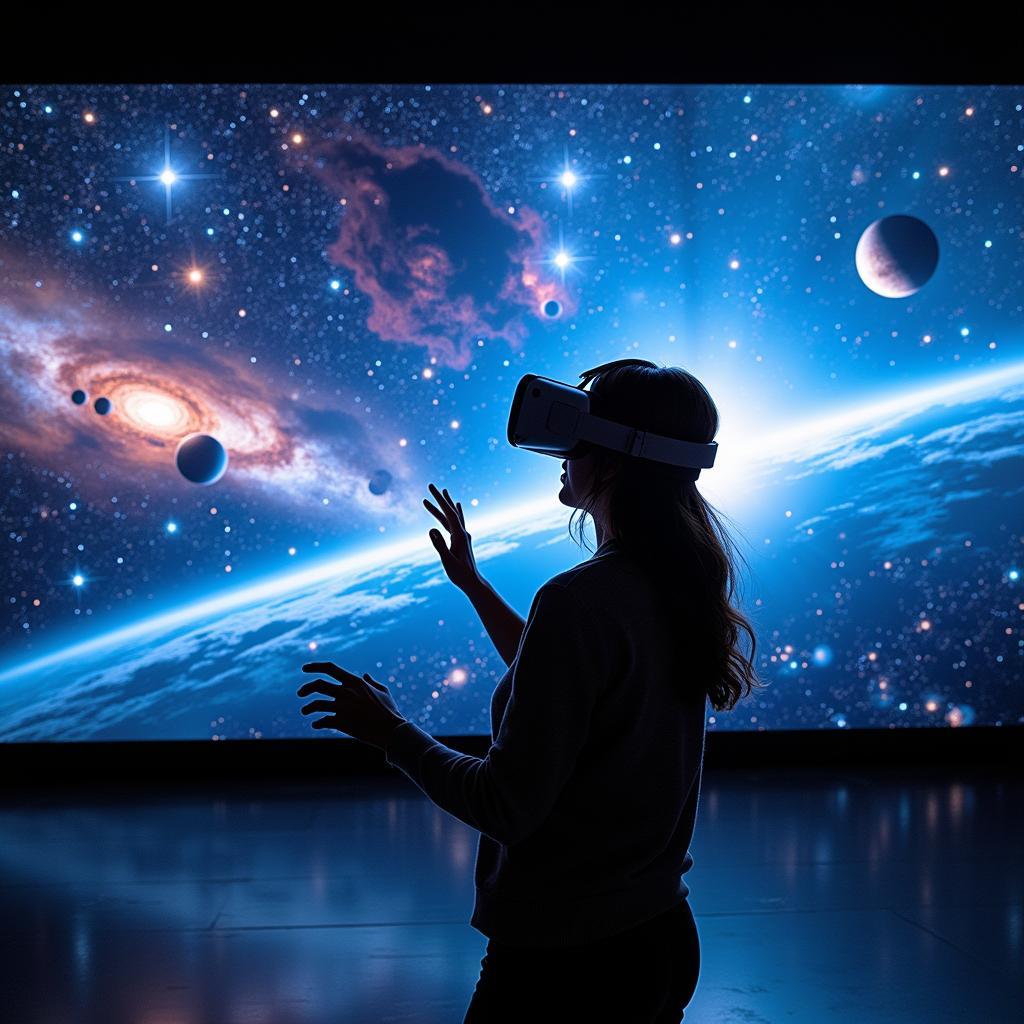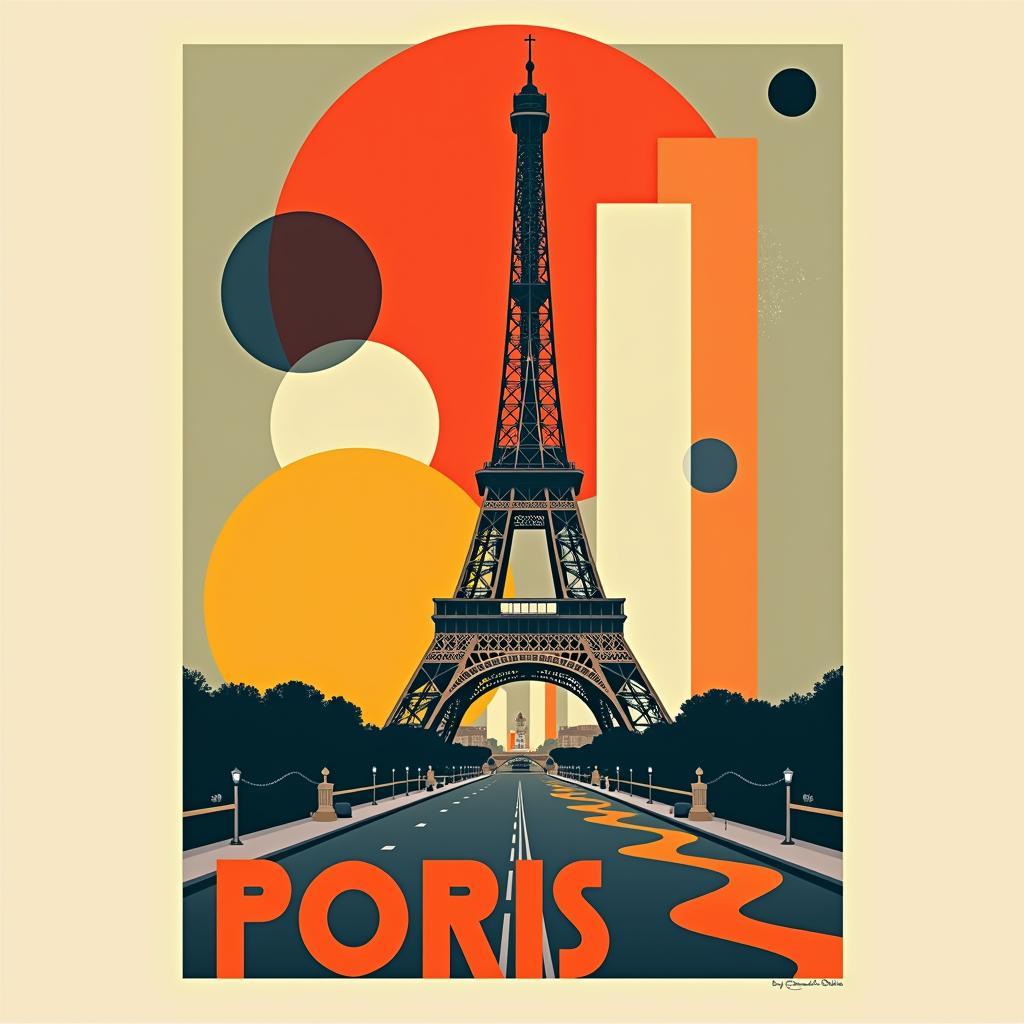Exploring the Universe Through Space Art Work
Space Art Work has captivated humanity for centuries, inspiring awe and wonder with its depictions of celestial bodies, distant galaxies, and the infinite possibilities of the cosmos. From early astronomical sketches to modern digital masterpieces, this unique art form blends scientific accuracy with artistic vision, offering a glimpse into the mysteries of the universe and our place within it. This article delves into the fascinating world of space art, exploring its history, techniques, prominent artists, and the impact it has on our understanding and appreciation of the universe. After the introduction, we will explore some practical applications of space art, such as abstract office art.
Humans have always been fascinated by the night sky. Early cave paintings featuring celestial objects suggest an innate connection to the cosmos. As our understanding of the universe expanded, so too did our artistic interpretations. The invention of the telescope revolutionized astronomy and, consequently, space art. Artists could now observe and depict celestial phenomena with greater accuracy, blending scientific observation with their artistic imagination. This intersection of art and science allows us to visualize and connect with concepts that are often difficult to grasp, such as the vastness of space or the complexities of astrophysical phenomena. Want to bring the cosmos into your workspace? Check out these ideas for abstract office art.
A Journey Through the History of Space Art
Early space art often depicted romanticized visions of celestial landscapes. Artists like Chesley Bonestell, considered the “father of space art,” pioneered a new era of realism, using his knowledge of astronomy and engineering to create breathtakingly accurate depictions of other worlds. Bonestell’s work had a profound impact, not only on the art world but also on the scientific community, inspiring generations of astronomers and astronauts. His paintings helped visualize space exploration before it became a reality, fueling the public’s imagination and paving the way for the space race.
The Impact of Photography and Digital Art
The advent of space photography provided artists with a wealth of visual data, further enhancing the realism and detail of their work. Digital art tools have revolutionized the field, allowing artists to create stunningly complex and dynamic images, pushing the boundaries of creativity and imagination. These tools allow for a level of detail and precision that was previously unimaginable. From nebulae painted with light to planets sculpted in digital clay, space art continues to evolve, reflecting our ever-growing understanding of the universe. Perhaps you’re looking for something unique for your garage. Consider art for garage wall.
 Digital Painting of a Nebula in Space
Digital Painting of a Nebula in Space
Techniques and Styles in Space Art Work
Space art encompasses a wide range of artistic styles and techniques, from traditional painting and drawing to digital illustration, 3D modeling, and even sculpture. Artists often incorporate scientific data and astronomical imagery into their work, striving for a balance between artistic expression and scientific accuracy. This fusion of art and science makes space art a truly unique and captivating genre. Looking to brighten your space? Consider wall art light options.
From Realism to Abstraction
While realism remains a dominant style, many artists embrace abstraction, using color, form, and texture to evoke the emotions and sensations inspired by the cosmos. This allows for a more personal interpretation of the universe, moving beyond literal representation and exploring the deeper philosophical and spiritual connections we have with space. Consider art and drafting tables for a dedicated creative space.
 Abstract Metal Sculpture Inspired by Space
Abstract Metal Sculpture Inspired by Space
Prominent Space Artists and Their Contributions
Numerous talented artists have contributed to the evolution of space art. Besides Chesley Bonestell, other notable figures include David A. Hardy, Don Davis, and Michael Carroll, each with their distinct style and vision. Their work has not only enriched the art world but has also played a significant role in popularizing space exploration and inspiring future generations of scientists and artists. If you’re looking to spruce up your office, check out office canvas art.
The Future of Space Art
As technology continues to advance, so too will the possibilities for space art. Virtual reality, augmented reality, and other immersive technologies offer exciting new avenues for artistic expression, allowing artists to create interactive and experiential space art that transports viewers directly into the cosmos.
 Virtual Reality Space Art Experience
Virtual Reality Space Art Experience
Conclusion
Space art work serves as a bridge between science and art, inspiring wonder and curiosity about the universe we inhabit. From the earliest cave paintings to the cutting-edge digital art of today, our fascination with the cosmos continues to drive artistic expression, pushing the boundaries of creativity and imagination. By combining scientific understanding with artistic vision, space art allows us to explore the mysteries of the universe and contemplate our place within the grand cosmic tapestry.
FAQ
-
What is space art?
Space art is a genre of art that depicts space, celestial objects, and astronomical phenomena. -
Who are some famous space artists?
Chesley Bonestell, David A. Hardy, Don Davis, and Michael Carroll are some prominent space artists. -
What techniques are used in space art?
Techniques range from traditional painting and drawing to digital illustration, 3D modeling, and sculpture. -
How does space art contribute to science?
Space art helps visualize scientific concepts and inspire interest in space exploration. -
Where can I see space art?
Space art can be found in museums, galleries, books, and online platforms. -
What is the future of space art?
Virtual reality and other immersive technologies offer exciting new possibilities for space art. -
How can I get involved in space art?
Explore online resources, join art communities, and experiment with different artistic mediums.
Looking for more inspiration? Discover stunning abstract office art to transform your workspace.
Need assistance with your space art journey? Contact us at Phone Number: 02462573573, Email: [email protected] or visit us at Savico Megamall, 7-9 Đ. Nguyễn Văn Linh, Gia Thụy, Long Biên, Hà Nội 10000, Việt Nam. We have a 24/7 customer support team ready to help.




